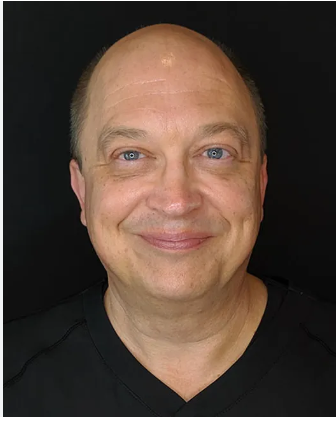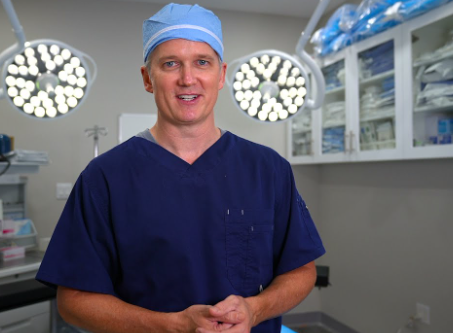Regenerative medicine, at the forefront of healthcare innovation, offers more than just symptom management; it holds the power to heal and replace damaged cells. Dr Michael Poss Warrenton Virginia highlights its transformative potential, especially in dermatology, where it can rejuvenate and invigorate the skin.
Unveiling Regenerative Medicine’s Impact on Skin Health
In dermatology, regenerative medicine emerges as a potent force, breathing new life into the skin. It has the potential to restore the skin’s natural vibrancy, resilience, and youthfulness. Here’s how regenerative medicine is enhancing skin health:
Rejuvenation of Damaged Skin: Regenerative medicine employs cellular regeneration techniques to repair and multiply skin cells. This is particularly beneficial for skin damaged by sun exposure, aging, acne, and other challenges, rekindling the skin’s natural radiance.
Empowering Anti-Aging Effects: Diminished collagen and elastin levels often lead to aging skin. Regenerative medicine stimulates the body’s production of these essential proteins, resulting in firmer, more supple skin that defies the signs of aging.
Reduction of Scarring and Inflammation: Regenerative medicine addresses scars and inflammation by renewing and revitalizing skin cells. This often leads to more significant improvements compared to traditional treatments.
Unpacking the Mechanisms of Regenerative Medicine
Regenerative medicine employs innovative techniques to rejuvenate the skin:
Stem Cell Therapy: Multipotent cells capable of dividing and differentiating into various skin cell types are harnessed to promote the growth of healthier, more youthful skin.
Platelet-Rich Plasma (PRP) Therapy: PRP therapy taps into the patient’s blood to isolate platelets rich in growth factors. When re-injected into the skin, these platelets initiate a natural healing process, fostering tissue renewal and regeneration.
Tissue Engineering: This process involves creating constructs that mimic human tissue, combining cells, growth factors, and biomaterials. These constructs rejuvenate and replace damaged areas, offering a glimpse into regenerative medicine’s future potential.
A Paradigm Shift in Healing and Restoration
Regenerative medicine transcends symptom management to target the essence of damage and deterioration. It offers a holistic approach to skin health, rewriting the narrative of rejuvenation. As the regenerative medicine landscape evolves, its impact on dermatology and beyond promises a world where vibrant, resilient skin is not just a dream but a tangible reality Dr. Michael Poss.



